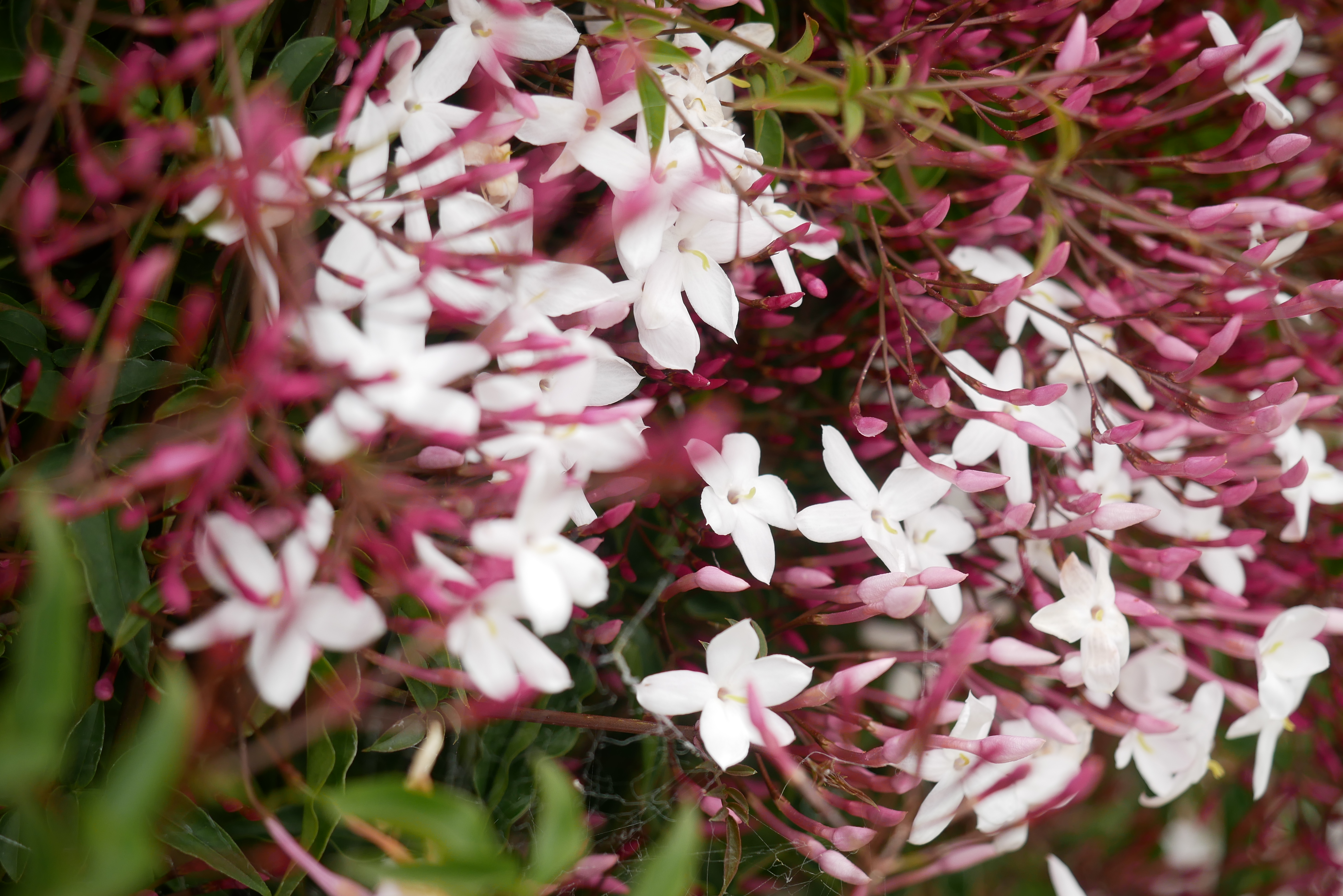|
Diarthron Antoniniae
''Diarthron'' is a genus of flowering plant in the family Thymelaeaceae. The precise limits of the genus are uncertain. When broadly circumscribed to include ''Dendrostellera'' and ''Stelleropsis'', it consists of annual and perennial herbaceous plants and small shrubs, with reddish, white or green flowers lacking petals, and is found in central and south-west Asia and south-east Europe. Description When broadly circumscribed (i.e. including ''Dendrostellera'' and ''Stelleropsis''), ''Diarthron'' is a genus of annual or perennial herbaceous plants or short deciduous shrubs. Prior to a review in 1982, only the annual species were placed in ''Diarthron'', with the perennial herbs being in ''Stelleropsis'' and the shrubs in ''Dendrostellera''. The flowers lack petals. There are usually four (sometimes five) sepals, united at the base into a tube with lobes at the end, reddish, white or green in colour. The ovary has a single chamber (locule). The fruit is dry with the seed enclosed i ... [...More Info...] [...Related Items...] OR: [Wikipedia] [Google] [Baidu] |
Nikolai Turczaninow
Nikolai Stepanovich Turczaninow ( ru , Николай Степанович Турчанинов, 1796 in Nikitovka, now in Krasnogvardeysky District, Belgorod Oblast, Russia – 1863 in Kharkov) was a Russian botanist and plant collector who first identified several genera, and many species, of plants. Education and career Born in 1796, Turczaninow attended high school in Kharkov. In 1814, he graduated from Kharkov University, before working as a civil servant for the Ministry of Finance in St. Petersburg. Soon after, in 1825, Turczaninow published his first botanical list. Despite being employed in a different field, he continued his largely self-taught botanical work. In 1828, he was assigned an administrative post in Irkutsk, Siberia. This allowed him to collect in the Lake Baikal area, which is known for its rich biodiversity. A spate of papers followed, and Turczaninow established his own herbarium containing plants from the region. In 1830, he was appointed a Fello ... [...More Info...] [...Related Items...] OR: [Wikipedia] [Google] [Baidu] |
Stellera
''Stellera'' is a genus of flowering plant in the family Thymelaeaceae, with a single species ''Stellera chamaejasme'' found in mountainous regions of Central Asia, China, Siberia and South Asia. ''S. chamaejasme'' is a herbaceous perennial plant with heads of white, pink or yellow flowers, grown as an ornamental plant in rock gardens and alpine houses, but considered a weed playing a rôle in the desertification of grasslands in parts of its native range. Like many others of its family, it is a poisonous plant with medicinal and other useful properties. Common names Two common names recorded for the plant in Mongolian are одои далан туруу ''odoi dalan turuu'' and чонын Чолбодос ''choniin'' (="of the wolf") ''cholbodos'' (="?"), and a common name for the plant in Tibetan is ''rejag''.Medicinal Plants in Mongolia pub. World Health Organization, Regional Office for the Western Pacific Region 2013/ref> Description ''Stellera chamaejasme'' is a herbac ... [...More Info...] [...Related Items...] OR: [Wikipedia] [Google] [Baidu] |
Diarthron Turkmenorum
''Diarthron'' is a genus of flowering plant in the family Thymelaeaceae. The precise limits of the genus are uncertain. When broadly circumscribed to include ''Dendrostellera'' and ''Stelleropsis'', it consists of annual and perennial herbaceous plants and small shrubs, with reddish, white or green flowers lacking petals, and is found in central and south-west Asia and south-east Europe. Description When broadly circumscribed (i.e. including ''Dendrostellera'' and ''Stelleropsis''), ''Diarthron'' is a genus of annual or perennial herbaceous plants or short deciduous shrubs. Prior to a review in 1982, only the annual species were placed in ''Diarthron'', with the perennial herbs being in ''Stelleropsis'' and the shrubs in ''Dendrostellera''. The flowers lack petals. There are usually four (sometimes five) sepals, united at the base into a tube with lobes at the end, reddish, white or green in colour. The ovary has a single chamber (locule). The fruit is dry with the seed enclosed i ... [...More Info...] [...Related Items...] OR: [Wikipedia] [Google] [Baidu] |
